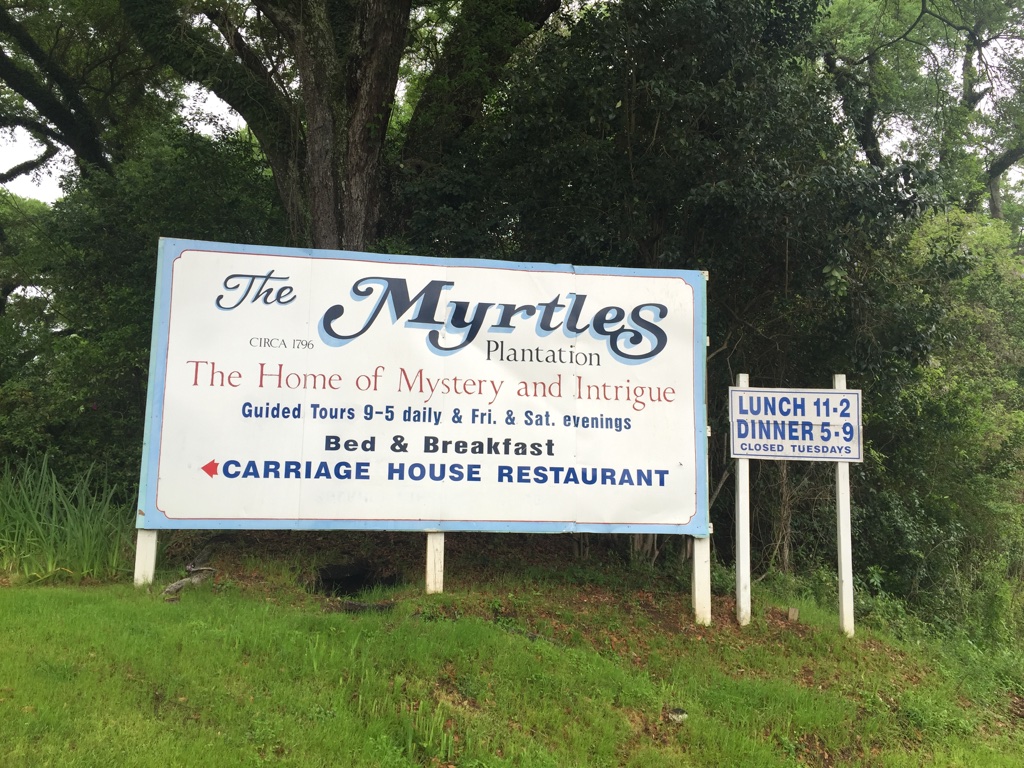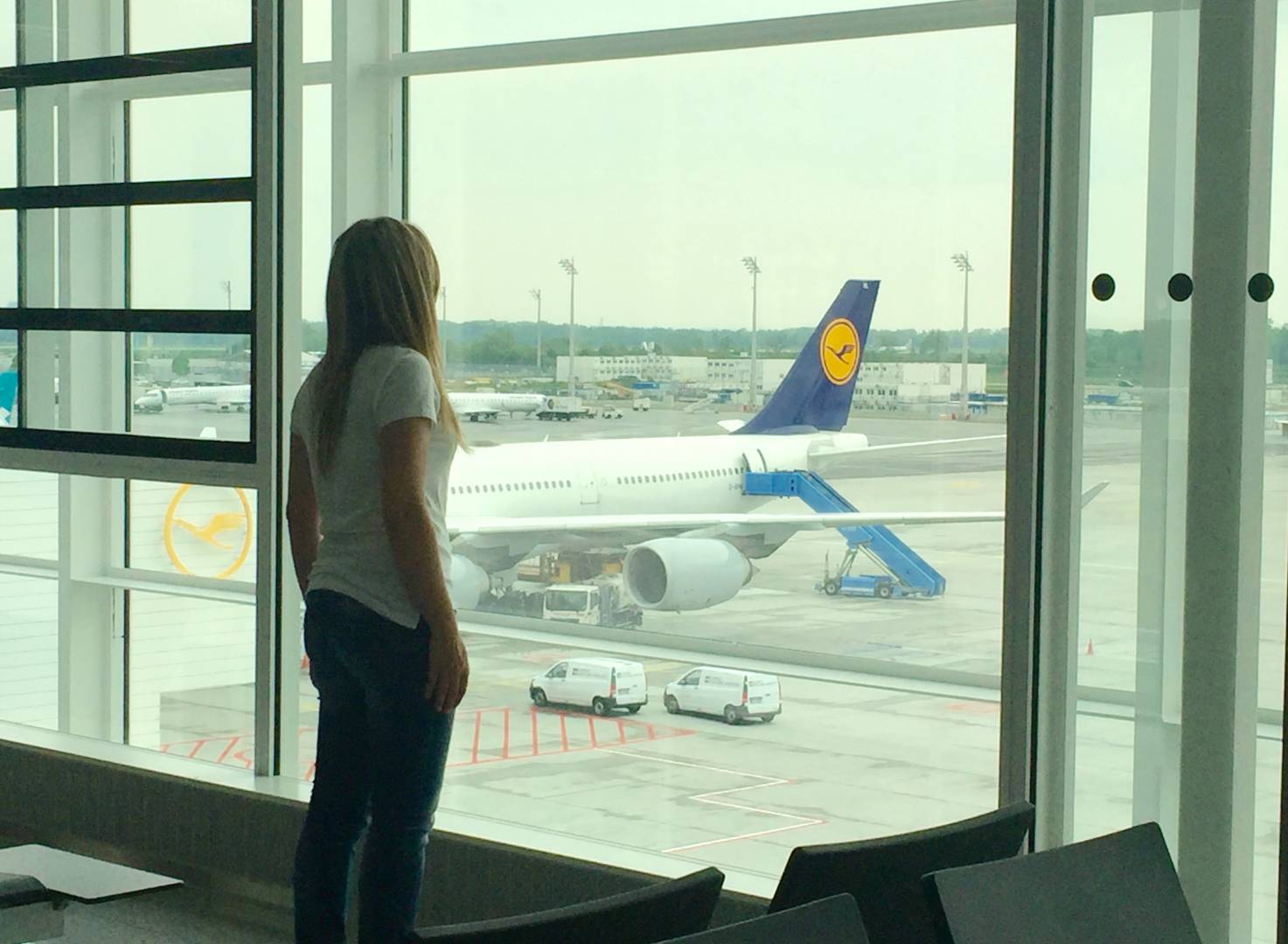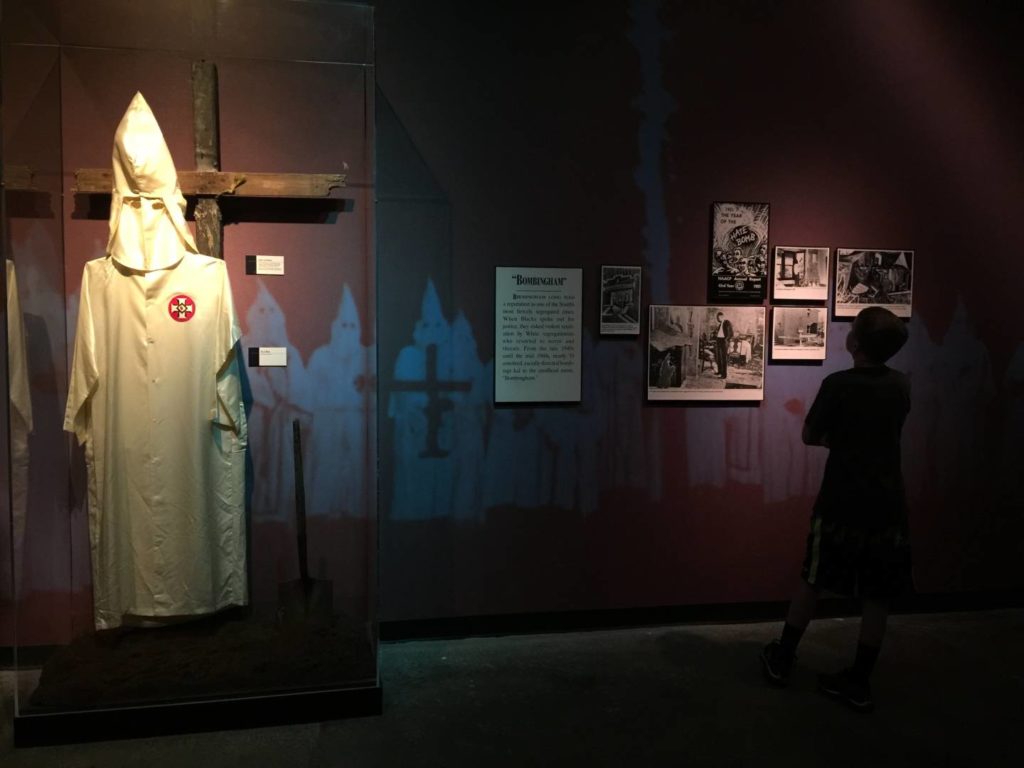


In Italian
Set on a journey to Alabama – maybe during a long on the road in the Southern United States – it means also choosing to follow the strong, intense and emotional Civil Rights Trail.
I talk about a trail completely dedicated to the most important episodes and places of the Civil Right Movement; to the fight against the Afro-Americans segregation in the 1950s and 1960s and to the one for their voting right; or to the very simple right to choose sitting, drinking or using freely public toilettes; to Martin Luther King and to all those women and men (unknown to the most part of people) who, just like him, with diligence, dedication and sometimes their own sacrifice made sense of all this.
Many people think that the story of Civil Rights Trail is only sad, far by now and in some ways “boring”. It’s not like that, trust me.
It’s a story – still really actual, unfortunately – dealing with courage, love, respect, dignity and freedom.
It’s a story that more than read or studied, it has to be relived live, in the places where it took place, maybe listening to the stories and the anecdotes of the people who really suffered it personally.

The Ku Klux Clan, Birmingham Civil Rights Institute, Alabama
So I thought to indicate the legs of the Civil Rights Trail during my journey to Alabama in order to transmit at the best the emotion of this particular experience. I put – besides the tips and the practical information – the impressions and the feelings at the time, noted down on an agenda or written in one go on the socials.
The trail begins from Selma, a little city of Alabama.
A little inhabited center developed on an Alabama River bend: it seems not to be changed so much from 1963 when it became famous in all over the world due to its terrible Bloody Sunday.
From my notes:
Selma, Sunday 7th March 1965, a day went down in history as The Bloody Sunday.
600 Afro-Americans cross the Edmund Pettus Bridge – towards Montgomery – to demonstrate for their voting rights.
Arrived at the end of the bridge they are stopped and charged by Alabama governor’s police, savagely beat black and blue and sent back.
An unforgotten scene, impressed in many people’s memory and captured by cameras then played all over the world upsetting the consciences and the prejudices of most.
Only three weeks later, thousands of people, whites and blacks, led by Martin Luther King resumed the march and finally they were able to arrive to the Montgomery State Capitol.
Few months later President Johnson signed the Voting Rights Act, the law ratifying the permanent and inalienable voting right for all Afro-Americans.
Today crossing the Edmund Pettus Bridge (during the particular and difficult historic period we live) and going on along the Historic Route following the U.S. 80 which traces faithfully the trail of Marin Luther King’s march as far as Montgomery, is something precious and beyond description at the same time.
The visit in Selma needs a half day, maximum.
Besides the Edmund Pettus Bridge, is advisable to visit the National Voting Right Museum which keeps photos, relics and vintage videos related to the event. The museum is just at the end of the bridge, on the right, at the entrance of the city on the U.S. 80.
If you have time, have a look at the “black” area of the Brown Chapel Ame Church, too. It’s the church where King made one of his most moving speeches and from where indeed the march began.
“I have a dream that one day right here in Alabama, little black boys and black girls will be able to join hands with little white boys and white girls as sisters and brothers.”
(Martin Luther King)
In about 80 km, following the Historic Trail Route Selma to Montgomery you reach Montgomery, the capital of Alabama.
From my notes.
Montgomery, 1st December 1955
The exacerbating racial segregation on the city buses pushes Rosa Parks to a gesture of protest which becomes fully-fledged the first real spark of the Civil Rights Movement.
Rosa refuses to give up her seat on the bus to a white man who was standing, provoking the anger of the bus driver and of the two policemen intervened and then she got arrested.
Rosa Parks’ gesture provokes in short time an unexpected reaction.
A very young Martin Luther King organizes the boycott of the buses, involving all the Afro-Americans of the city, for a so long period – even 382 days – that took the transit company on the brink of bankruptcy.
The following year the battle is won, the segregation on the buses is abolished and the Civil Rights Movement was born officially.
Today in the exact place where Rosa refused to give up her seat there’s a very beautiful museum (the original bus is right inside, perfectly put in a moving 4D exhibition) honouring her memory and her feat.
My Civil Rights Trail goes on between emotion and reflexion, following Martin Luther King’s march as far as the Old State Capitol.
The Rosa Parks Library & Museum is in the downtown at 252, Montgomery St. and it’s opened every day from 9 am to 5 pm (on Saturday until 3 pm).
Not far from here, going on foot towards the Old Capitol, is advisable to stop and visit the Civil Rights Memorial Center, honouring and keeping the memory of the people who died during the difficult years of the Civil Rights.
Going on northwards at about 150km far from Montgomery you reach Birmingham.
From my notes.
Birmingham, 15th September 1963.
Two Ku Klux Clan members make explode a bomb – one of the many to such an extent that transformed the name of the city in “Bombingam” – in the 16th Street Baptist Church massacring 4 little girls who were preparing for the Mass in the basement’s rooms, plunging into terror and despair the entire community.
The event deeply jolted the American and world public opinion to such an extent that offered a decisive push to the Civil Rights Movement.
Today, sit on the stairs of the same church, after have been invited to take part to the Good Friday function (in a room full of “whites” and “blacks”) and after have visited visibly moved the near Birmingham Civil Rights Institute, I stop for a moment to think about the meaning of my journey to Alabama and about the Civil Rights Trail, started in Selma three days ago; thinking about how a such trail – still so vivid, real and effective – can open our own eyes and inspire everyone’s conscience more than thousand books and speeches.
Some tips.
If you arrive during weekends, enquire about the 16th Street Baptist Church services’ times: taking part to one of the Mass can be a such suggestive experience, whether you are believers or not.
Stop for a bit at the neighboring Kelly Ingram Park.
The entire park commemorates – with statues, suggestive artistic installations and famous statements – not only the tragic events happened in Birmingham but even all the period related to the Civil Rights Movement.
If you don’t have done it, yet, prepare emotionally and historically for a so intense and well-structured trail. I advise you to watch Selma, the very beautiful movie (2014) including a good part of the events quoted above.